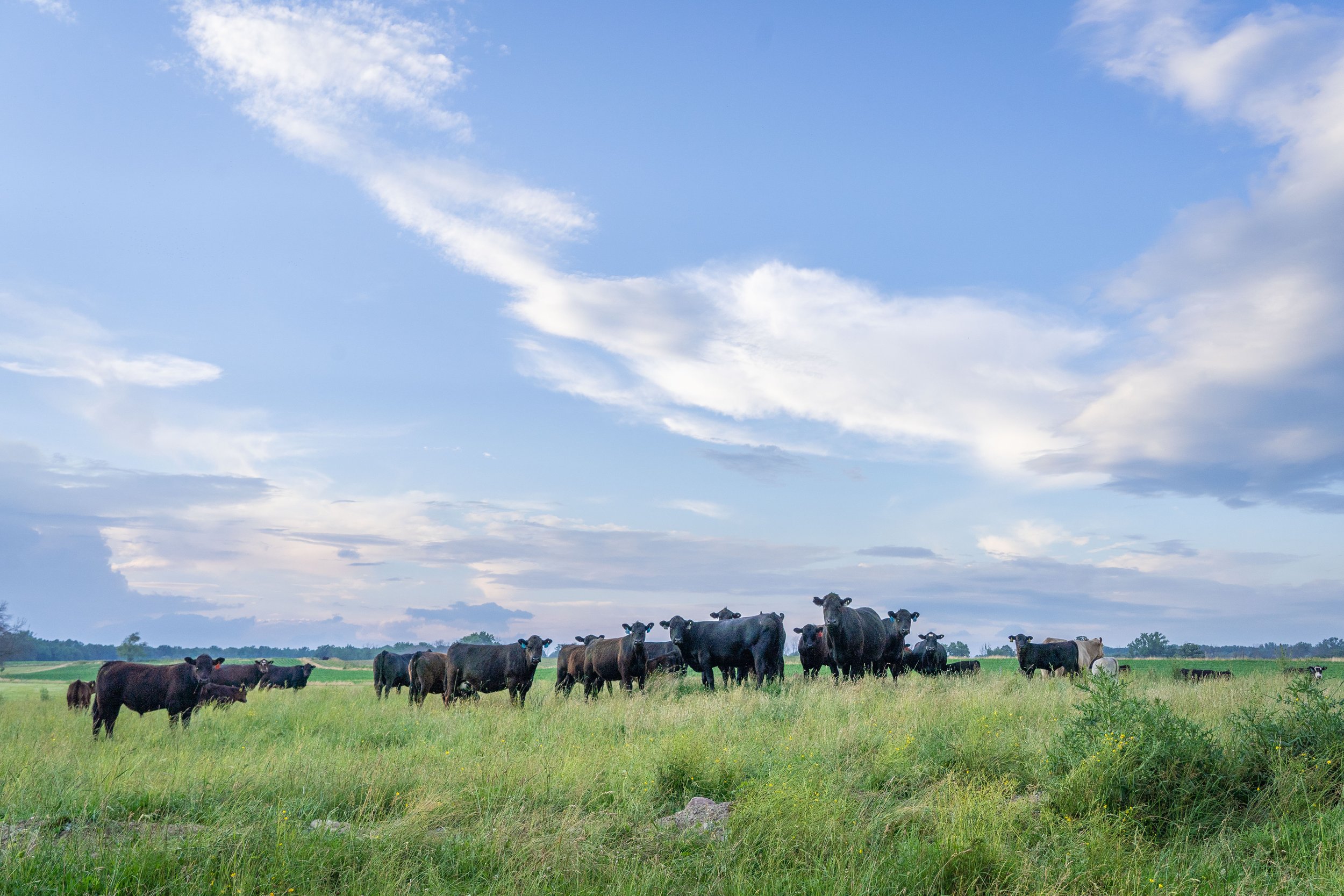Equip Your Business: Bagley Risk Management Insights
Equip Your Business: Bagley Risk Management Insights
Blog Article
Recognizing Animals Risk Defense (LRP) Insurance: A Comprehensive Overview
Navigating the world of animals threat protection (LRP) insurance can be a complex undertaking for several in the farming sector. This kind of insurance coverage offers a security internet versus market fluctuations and unanticipated situations that could impact livestock producers. By understanding the complexities of LRP insurance coverage, producers can make informed decisions that may safeguard their procedures from monetary dangers. From how LRP insurance policy works to the numerous coverage alternatives available, there is much to reveal in this thorough guide that can possibly form the method livestock manufacturers come close to threat management in their services.

How LRP Insurance Policy Works
Sometimes, recognizing the mechanics of Animals Threat Defense (LRP) insurance coverage can be intricate, but damaging down just how it functions can supply clarity for ranchers and farmers. LRP insurance is a risk administration tool created to protect animals producers against unanticipated cost declines. It's essential to note that LRP insurance coverage is not an earnings warranty; rather, it focuses entirely on price threat security.
Eligibility and Coverage Options

When it concerns insurance coverage options, LRP insurance supplies producers the flexibility to pick the protection degree, insurance coverage period, and endorsements that best suit their threat monitoring needs. Protection degrees generally vary from 70% to 100% of the expected ending worth of the insured animals. Manufacturers can also pick insurance coverage periods that align with their production cycle, whether they are guaranteeing feeder livestock, fed livestock, swine, or lamb. Recommendations such as cost threat security can further customize protection to safeguard against damaging market changes. By recognizing the qualification standards and coverage options offered, livestock producers can make informed choices to handle danger properly.
Pros and Disadvantages of LRP Insurance Coverage
When examining Animals Threat Security (LRP) insurance policy, it is important for livestock manufacturers to weigh the downsides and advantages inherent in this threat management tool.

Among the main advantages of LRP insurance coverage is its capacity to provide protection versus a decrease in animals rates. This can help secure manufacturers from economic losses arising from market changes. Additionally, LRP insurance coverage supplies a level of flexibility, permitting producers to tailor coverage levels and policy periods to suit their details requirements. By locking in an assured price for their livestock, manufacturers can much better take care of risk and strategy for the future.
One limitation of LRP insurance coverage is that it does not protect against all types of risks, such as condition break outs or natural catastrophes. It is critical for producers to meticulously analyze their specific threat direct exposure and economic circumstance to figure out if LRP insurance coverage is the appropriate risk administration device for their procedure.
Understanding LRP Insurance Coverage Premiums

Tips for Taking Full Advantage Of LRP Benefits
Making the most of the advantages of Animals Risk Protection (LRP) insurance coverage needs strategic preparation and positive threat monitoring - Bagley Risk Management. To make the most of your LRP coverage, take into consideration the complying with pointers:
On A Regular Basis Analyze Market Problems: Keep educated regarding market fads and cost fluctuations read in the livestock sector. By keeping an eye on these aspects, you can make enlightened choices concerning when to purchase LRP coverage to protect versus potential losses.
Set Realistic Insurance Coverage Degrees: When selecting protection degrees, consider your manufacturing prices, market price of livestock, and potential dangers - Bagley Risk Management. Setting realistic coverage levels ensures that you are effectively shielded without paying too much for unneeded insurance coverage
Expand Your Protection: As opposed to depending only on LRP insurance policy, think about expanding your threat monitoring approaches. Combining LRP with other threat administration tools such as futures contracts or alternatives can supply thorough protection against market uncertainties.
Evaluation and Adjust Protection Regularly: As official statement market conditions change, occasionally examine your LRP insurance coverage to ensure it aligns with your present risk exposure. Changing protection levels and timing of acquisitions can assist optimize your danger security method. By adhering to these pointers, you can make best use of the benefits of LRP insurance coverage and guard your livestock operation against unpredicted threats.
Conclusion
Finally, animals risk security (LRP) insurance coverage is an important device for farmers to manage the monetary threats connected with their livestock operations. By comprehending exactly how LRP functions, eligibility and protection choices, along with the benefits and drawbacks of this insurance, farmers can make educated decisions to secure their incomes. By thoroughly thinking about LRP premiums and executing strategies to maximize benefits, farmers can alleviate prospective losses and guarantee the sustainability of their procedures.
Livestock manufacturers interested in getting Livestock Risk Security (LRP) insurance policy can discover an array of eligibility standards and insurance coverage choices customized to their certain animals operations.When it comes to coverage options, LRP insurance coverage provides producers the flexibility to choose the insurance coverage level, protection duration, and recommendations that best fit their risk monitoring demands.To grasp the details of Animals Danger Security (LRP) insurance policy totally, recognizing the elements affecting LRP insurance policy premiums is important. LRP insurance coverage premiums are figured out by different aspects, consisting of the insurance coverage level chosen, the anticipated cost of livestock at the end of the insurance coverage period, i loved this the type of livestock being guaranteed, and the length of the insurance coverage duration.Testimonial and Change Protection Consistently: As market problems transform, periodically assess your LRP insurance coverage to guarantee it straightens with your existing threat exposure.
Report this page